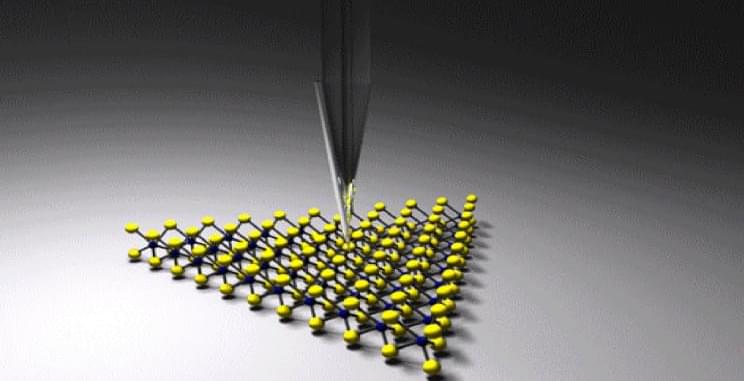It’s one thing to produce nano-scale materials, but it’s an entirely different thing imaging them.
Nanomaterials have many applications, especially in electronics, but they have one issue: They are so small that they don’t reflect enough light to show fine details, such as colors, even with the aid of the most powerful microscopes.
Now, researchers from UC Riverside may have come up with a solution. They have conceived of an imaging technology that compresses lamp light into a nanometer-sized spot, holding that light at the end of a silver nanowire. This allows it to reveal previously invisible details such as colors.
The technique is not entirely new. It has been used in previous experiments to observe the vibration of molecular bonds at 1-nanometer spatial resolution without the need for a focusing lens.
The researchers then modified the tool to measure signals spanning the whole visible wavelength range, essentially squeezing the light from a tungsten lamp into a silver nanowire with near-zero scattering or reflection.
Full Story:










Comments are closed.